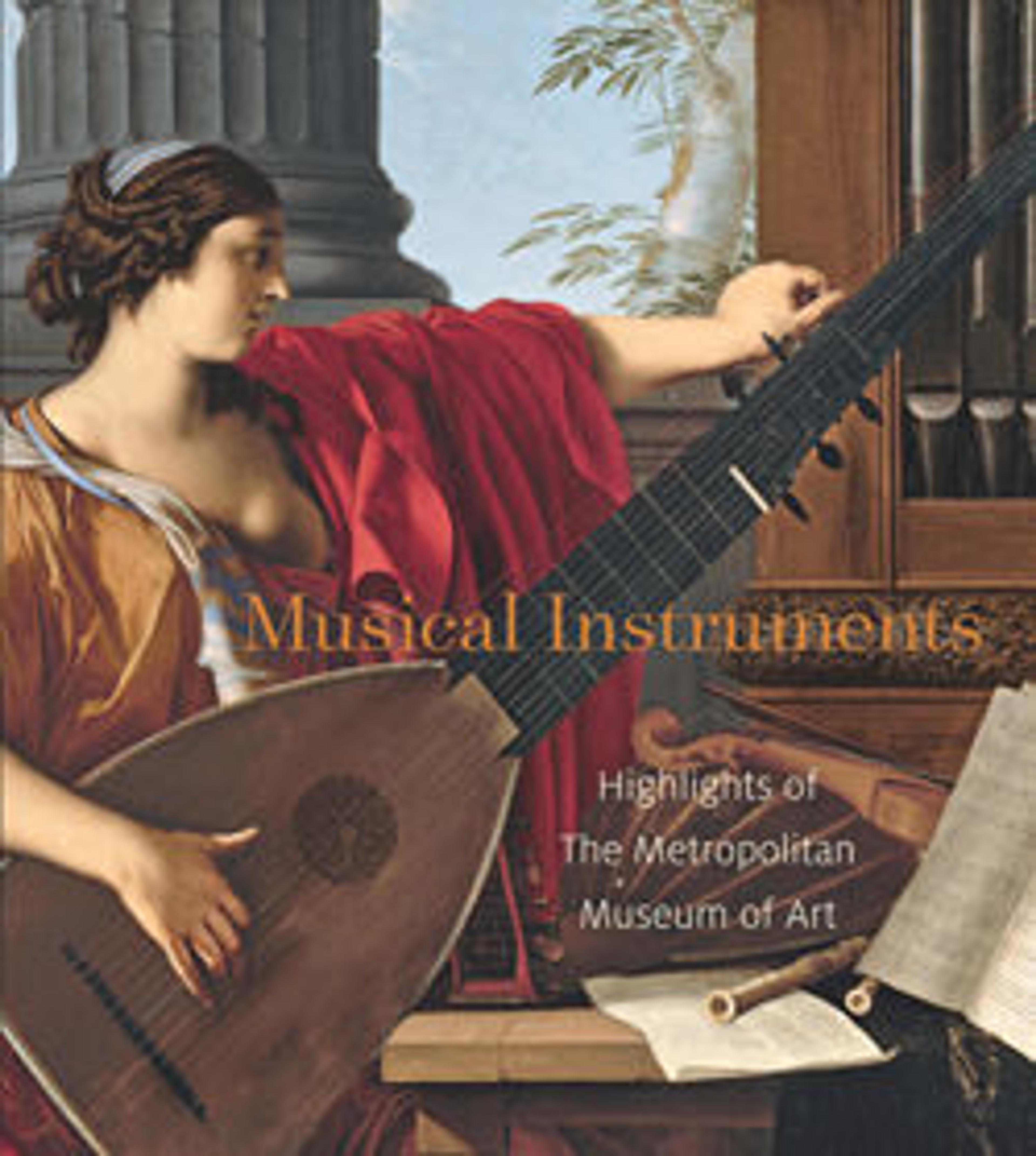Kamanche
Kamanche is a Persian term that was first used in the 10th century to describe an instrument which is sounded with a bow. From there bowed instruments spread to Byzantium and Central Asia and the Far East, and then to Europe. In Egypt it is known as the rabab, a term which is known throughout the Islamic world from north Africa to southeast Asia.
Held upright on its spike, it is bowed with the right hand in a palm-up position. This handgrip, used when bowed instruments were introduced to Europe, is a type still in use globally when playing spike fiddles.
Held upright on its spike, it is bowed with the right hand in a palm-up position. This handgrip, used when bowed instruments were introduced to Europe, is a type still in use globally when playing spike fiddles.
Artwork Details
- Title: Kamanche
- Date: ca. 1869
- Geography: Iran (Persia)
- Culture: Iranian (Persian)
- Medium: Wood, metal, etc.
- Dimensions: 36 1/2 × 10 3/16 × 9 in. (92.7 × 25.8 × 22.9 cm)
- Classification: Chordophone-Lute-bowed-unfretted
- Credit Line: The Crosby Brown Collection of Musical Instruments, 1889
- Object Number: 89.4.325
- Curatorial Department: Musical Instruments
More Artwork
Research Resources
The Met provides unparalleled resources for research and welcomes an international community of students and scholars. The Met's Open Access API is where creators and researchers can connect to the The Met collection. Open Access data and public domain images are available for unrestricted commercial and noncommercial use without permission or fee.
To request images under copyright and other restrictions, please use this Image Request form.
Feedback
We continue to research and examine historical and cultural context for objects in The Met collection. If you have comments or questions about this object record, please complete and submit this form. The Museum looks forward to receiving your comments.
